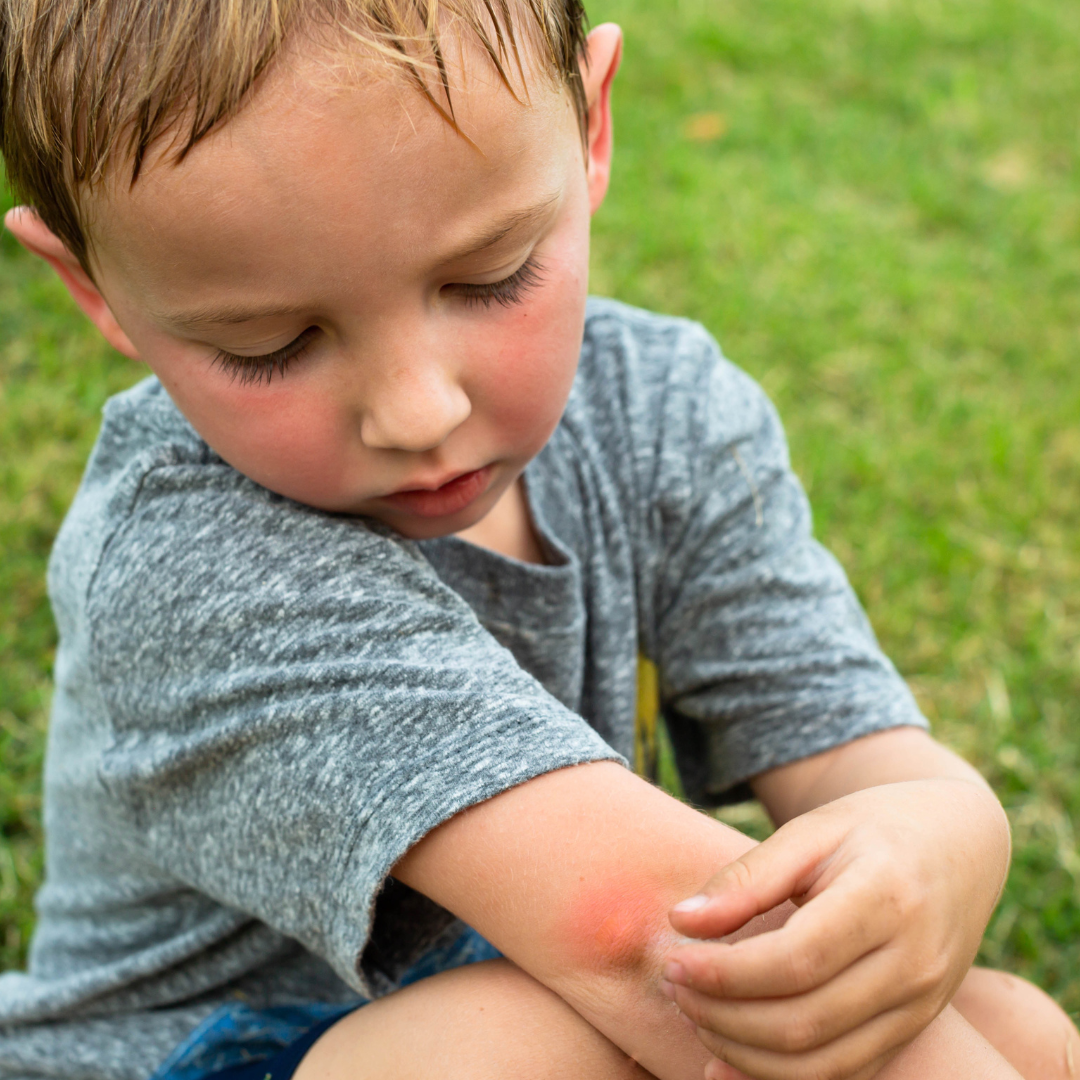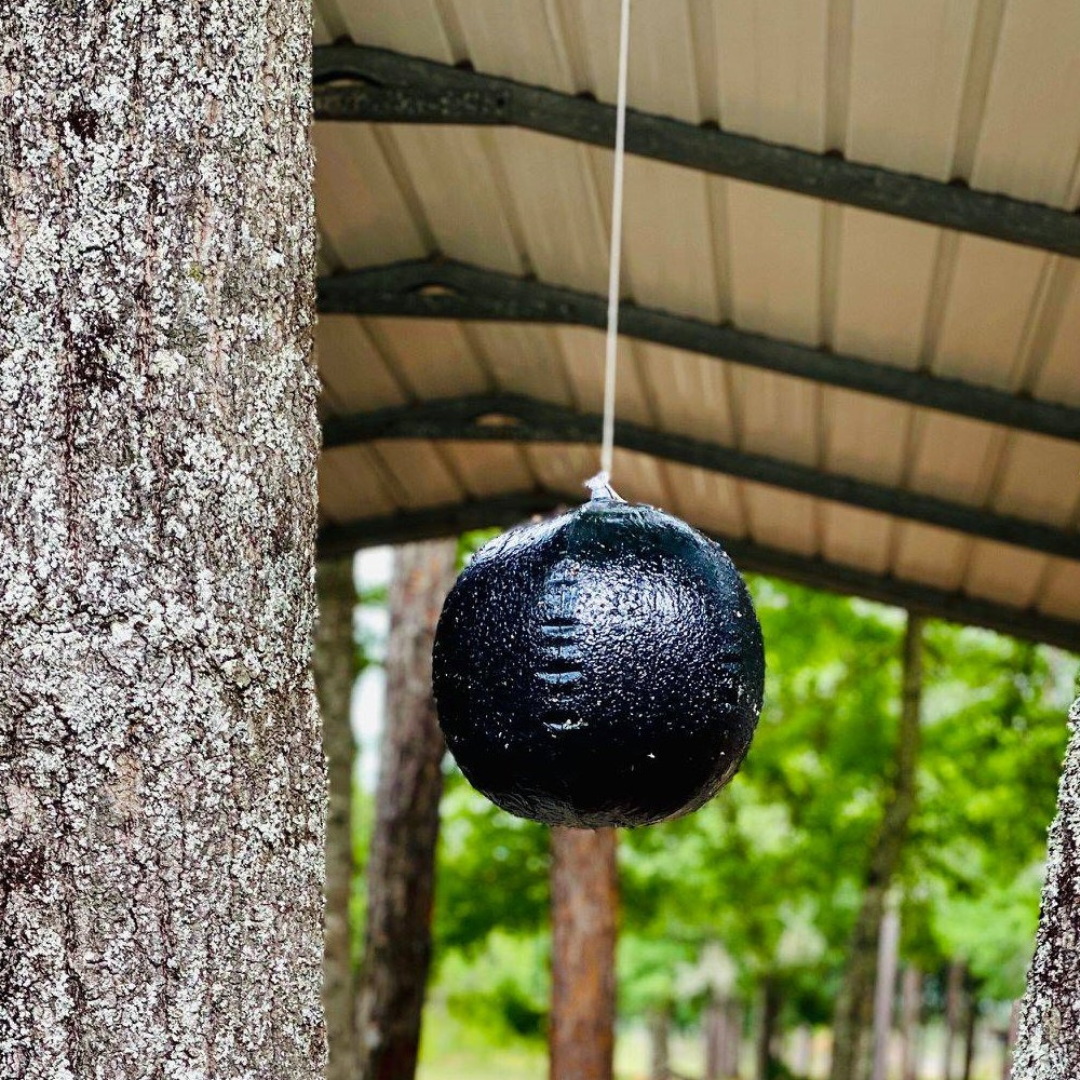Everything you need to know about yellow flies and yellow fly season.
The yellow fly, Diachlorus ferrugatus (Fabricius), is known in Florida as a fierce biter. Like mosquitoes, it is the female fly that is responsible for inflicting a bite. The males are mainly pollen and nectar feeders. Tabanids are most likely encountered in hot summer and early fall weather. Yellow Flies are most active April through June but can be found through November.
Adult yellow flies are predominantly yellowish in color and about 1 – 1.2 cm long. The font pair of legs are black in color while the other pairs are yellowish–gray. The wings are clear with black stigma and brown or tan patches near the apex of wing, and this is the thing that helps them to distinguish from deer flies, which have these brown or tan patches across the middle of wings.
Yellow flies have a black stripped, yellow furry abdomen, with brilliant blue-green eyes. In some species, the yellow abdomen is covered with a black haired lining along the sides with a broad yellow stripe along the middle.
The female yellow fly is one of the most serious biting fly pests wherever it occurs (males do not bite). It attacks man vigorously, and the bites are painful, often causing large and itchy swellings. This could lead to infection if the bite is not kept clean and treated with a medical skin ointment. It is hard to prevent these bites because these pests travel quickly and attack any exposed skin. Although it attacks throughout the day, it is most active during the late afternoon and on cloudy days.
Unlike mosquitoes, yellow flies don't inject an anesthetic when they bite. That explains why their bites are so painful. They puncture the skin by making a serrated cut before sucking blood through their tubelike mouthparts.

Yellow flies feed by day and retire to the woods for a good night's sleep at dusk. They are most active late in the afternoon or on cloudy days. Their numbers are particularly high around fresh water or in wooded or shady areas.
These pesky biters do not readily enter homes. As stated above, they are frequently in areas around water sources like pools and ponds. Homeowners with standing water in their yards are more likely to encounter these flies. These flies typically bother residents in late summer and early fall. Avoiding direct sunlight, these pests appear in large numbers on cloudy days and during the late afternoon.
Yellow flies are attracted to dark shapes and movement. By hanging inflatable black balls in your yard, coasted with a sticky glue, yellow flies see the movement and the dark shape. They fly into the ball and get stuck. Within a few days, you could have dozens of yellow flies stuck to the swaying black beach ball.

It has been found that certain insecticides have been found useful against immature stages of yellow flies.
Chemicals like Permetherin (permanone), Carbaryl (sevin) and Malathion (Cythion) are found to be most effective against yellow flies. These products can be purchased from a local farm or hardware stores and sprayed near the infested area.
Spraying these chemicals may provide a temporary relief against these files, because of the continual entry of yellow flies from the other nearby areas. Remember, yellow flies are strong fliers, they can fly 1-2 miles from their breeding source in search of a blood meal, and hence use of chemical methods against them can only provide short term relief.
However, use of insecticidal control methods is not recommended at their development sites. The reason behind this is that most of the immature stages of yellow flies occur near wet areas, these wet areas may also be homes for other aquatic plants and animals which may get adversely affected due to the use of insecticides.
Vegetation management can also be used to get rid of yellow flies. As I have foretold, yellow flies hate sunny open areas and hence removing shrubs or small trees around your house can increase the light levels around the house thereby making the place less favorable for yellow flies.
